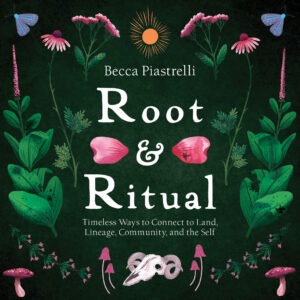Book Review: The Toltec Art of Life and Death

The Toltec Art of Life and Death
by Don Miguel Ruiz with Barbara Emrys
HarperElixir
If you believe no nonfiction book should include a “cast of characters” page, because authors should distinguish each player so deftly that readers need never wonder, Who was she again? much less require a written list: Beware. If, in such books, glossaries purporting to define simple English words—life, death, dream, light—stoke your pretentiousness gauge, turn back now.
A 2002 heart attack plunged Ruiz, author of the 1997 best-seller The Four Agreements, into a nine-week coma. Presented largely as what its coauthors call “dreams,” this multigenerational, metaphysical, reality- and century-hopping narrative traces the thoughts, rituals, visions, and shamanic dialogues, silent and spoken, of conscious and unconscious Ruiz along with multitudinous relatives, lovers, students, and mentors before, during, and after those vertiginous weeks.
Interspersed throughout this third-person narrative are sleek first-person passages outlining premises Ruiz promotes as “ancient Toltec wisdom.” For instance:
“We are not accustomed to hearing ourselves, and so we rarely acknowledge the messages of selfishness and cruelty that we deliver” to others and ourselves. But “having mastered the art of creating hell in our own minds, we can choose to become big angels.”
These passages intrigue. But the main narrative struggles under the weight of its own “She imagined she was nowhere and she was everywhere. ... I am you, the vision said” dreaminess.
Dreams—even a shaman’s—are so notoriously random, meandering, surreal, and hyperpersonal that describing them in detail daunts all but the dreamer. His or her well-meant self-indulgence asks a touch too much of even eager listeners.










